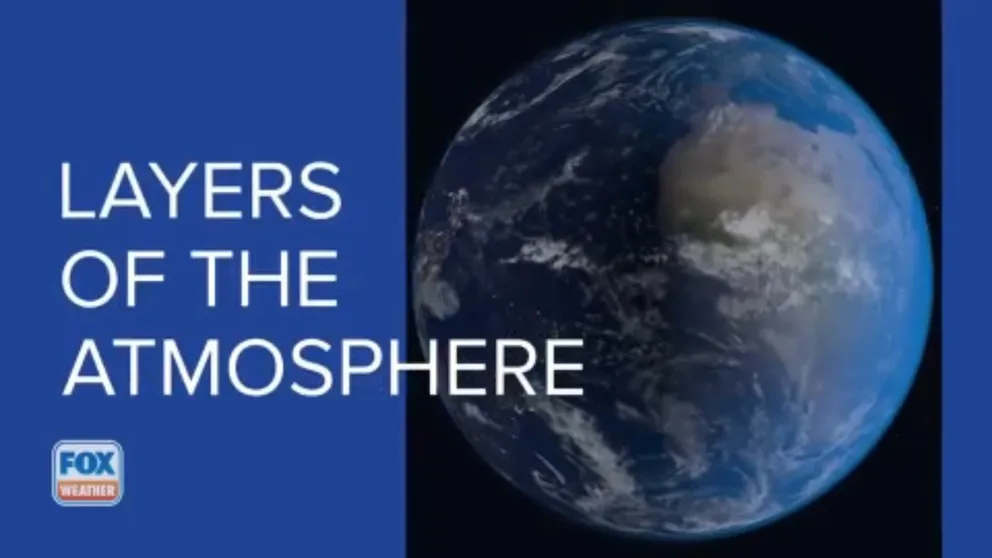Removing water from the stratosphere could help cool the planet a little, scientists say
Water vapor is the most abundant greenhouse gas and is responsible for about half of Earth's natural greenhouse effect, according to NOAA.
FILE: The 5 layers of Earth's atmosphere
Earth's atmosphere is more than 6,000 miles thick, and is made up of five distinct layers.
NOAA scientists said they're researching a method that could remove water vapor before it reaches the stratosphere, thereby reducing one of the greenhouse gases that contribute to warming the planet.
While they stress that human-caused carbon dioxide emissions "are by far the most important driver of climate change," water vapor is the most abundant greenhouse gas and is responsible for about half of Earth's natural greenhouse effect, according to a study published last week in the journal Science Advances.
To combat rising greenhouse gases, scientists have proposed removing some of the water vapor in a layer of the atmosphere known as the stratosphere through a process they call "intentional stratospheric dehydration," or ISD.
WHAT ARE THE 5 LAYERS OF OUR ATMOSPHERE?

Polar stratospheric clouds over Kiruna, Sweden.
(C. Burgdorf, NOAA / CIRES / FOX Weather)
ISD involves introducing dust and other cloud condensation particles to seed the creation of ice crystals from water vapor in a supersaturated area of the atmosphere.
FIRST LOOK: STRATOSPHERE PASSENGER BALLOON CAPSULE OFFERS PASSENGERS 360-DEGREE VIEWS
"Pure water vapor doesn't readily form ice crystals. It helps to have a seed, a dust particle for example, for ice to form around," said Joshua Schwarz, research physicist at NOAA's Chemical Sciences Laboratory and lead author on the study.
The particles, along with the ice and clouds they form from the water vapor, then lead the water vapor to fall to lower altitudes instead of allowing water vapor to climb into the stratosphere, where it would remain for extended periods and contribute to the greenhouse effect.
One of the most efficient areas where this water vapor transport occurs is over the western tropical Pacific Ocean, which is where NOAA is focusing their efforts.
However, the researchers noted that this approach would not reduce a large portion of greenhouse gases in the long term. Scientists estimated that even if they were to remove much of the water vapor from that one area in the Pacific, it would only counteract about 1.4% of the warming caused by manmade carbon dioxide emissions since 1750.
Rather, they recommend this method be considered as part of numerous approaches to managing the climate.
